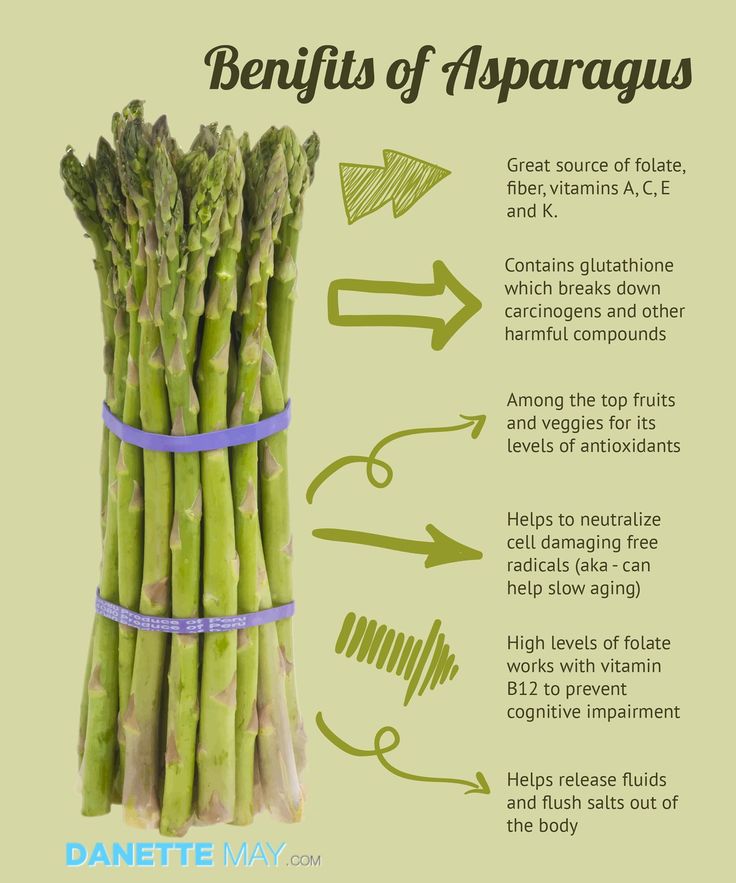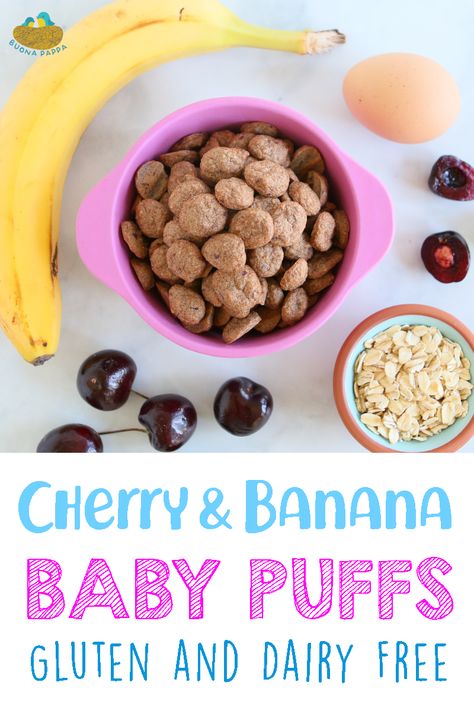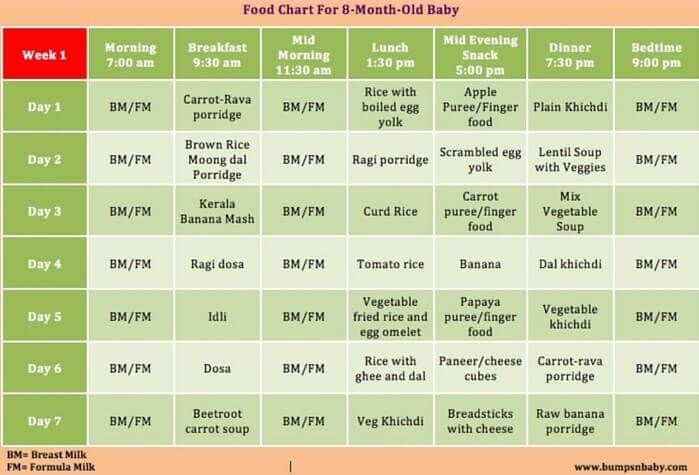Asparagus baby food combinations
Favorite Asparagus Baby Food
byAmy Palanjian
Posted
Jump to RecipeThis post may contain affiliate links. If you shop from one of our links, we may earn a commission.
Learn the easiest way to make yummy Asparagus Baby Food, whether you’re looking for a puree or a baby-led weaning option. I’ll share a 15-minute method for both, with flavor variations, storage tips, and the best info on how to shop for asparagus.
Asparagus Baby Food
Every spring, my craving for fresh asparagus strikes. And since you can usually find both fresh and frozen asparagus available all year long, you can make this baby food recipe whenever you’d like. The cooking method I’m going to share here is similar to the way I prepare Zucchini Baby Food, where we’ll sautee the vegetable in olive oil, then serve it up for self-feeding or puree for baby.
You can also try this method with roasted asparagus if you prefer. Both are easy and delicious. And the leftover puree can always be used as a pasta sauce if needed. (It’s seriously fresh!)
Baby-Led Weaning Asparagus
Asparagus is a great option for BLW since it’s already the right shape for a baby to easily hold and feed themselves. We’ll just prepare it to ensure that it’s soft and easy for baby to gum and eat.
I love this because baby gets to eat the same delicious asparagus side dish as us without needing to make any modifications. (Just set some aside for baby before adding salt.)
Asparagus Puree
To make the puree option, we’ll cook the asparagus until soft, then blend it with a little no-added-salt chicken (or vegetable) broth. There are options to add flavor, nutrients, and texture with potatoes, fully cooked rice or quinoa, or avocado as you like.
The additions can turn it into a Baby Food Combination or simply help the vegetable puree be a little more filling for baby.
Ingredients You Need
Here’s a look at what you need to make this baby food recipe.
- Asparagus: You can use any thickness of asparagus, so find ones that look fresh, have tips that are tight (as opposed to starting to flower, which can be a sign that they’re about to bolt and may be bitter). You can also use frozen asparagus if you prefer.
- Olive oil: I use extra virgin olive oil to add healthy fats and flavor to this vegetable recipe.
- Optional: You will have the option in the puree to add potatoes, fully cooked rice or quinoa, or avocado to turn this into a baby food combination with additional nutrients and texture.
Step-by-Step Instructions
Here’s how to make this asparagus recipe so you know what to expect. Scroll down to the end of the post for the full recipe.
- Break off the bottom inch or so of the asparagus stalk. (It will naturally break where it starts to be less tender.) Break stalks in half or thirds to make pieces about 3 inches long.
- Add olive oil to a pan over medium heat. When warm, add the asparagus.
 Toss to coat. Cover and cook for 6-8 minutes, or until the asparagus is tender when poked with a fork.
Toss to coat. Cover and cook for 6-8 minutes, or until the asparagus is tender when poked with a fork. - Let cool slightly and serve baby-led weaning style. Or, transfer to a blender with chicken or vegetable stock and any of the optional add-ins, if using, and blend smooth to make a puree.
Frequently Asked Questions
Is asparagus good for baby food?
Asparagus can be a great source of nutrients, including fiber, folate and vitamins A, C and K. It’s also a delicious seasonal food to share in the spring if you can find some locally available. (The one downside is that you may have some strongly scented diapers.)
Can I give my baby pureed asparagus?
Yes, baby can have pureed asparagus soon after starting solids, which is typically around 6 months.
How do you serve asparagus for babies?
You can either cook the stalks until tender and serve baby-led weaning style, where baby feeds himself, or you can blend the soft asparagus into a puree. Both are easy options for a baby.
Both are easy options for a baby.
How to Store
Store the cooked spears or prepared puree in airtight containers in the fridge for up to 5 days. You can also freeze baby food for future weeks if that works better for you.
(You may also enjoy Apricot Baby Food.)
Best Tips for Success
- Choose a bunch of asparagus with approximately the same thickness, if possible, so they cook for the same time.
- Remove the bottom inch or so from the stalks, as that is usually a less tender part of the plant.
- Cook until soft so it’s easy for baby to eat or for you to blend.
- See options to turn this into a baby food combination.
- Use leftover puree as a pasta sauce. Add a little fresh lemon zest and juice, Parmesan cheese, and salt to round out the flavors.
Related Recipes
I’d love to hear your feedback on this post, so please comment and rate the recipe below.
Prep Time 5 minutes
Cook Time 8 minutes
Total Time 13 minutes
Author Amy Palanjian
Cuisine American
Course Baby Food
Calories 32kcal
Servings 4
- ▢ 1 bunch asparagus
- ▢ 1 tablespoon olive oil
- ▢ 2 tablespoons avocado or fully cooked potato, rice, quinoa (optional for the puree)
- ▢ 2-4 tablespoons no-salt-added chicken stock (or vegetable stock, breastmilk, or formula)
Break off the bottom inch or so of the asparagus stalk.
 (It will naturally break where it starts to be less tender.) Break stalks in half or thirds to make pieces about 3 inches long.
(It will naturally break where it starts to be less tender.) Break stalks in half or thirds to make pieces about 3 inches long.Add olive oil to a pan over medium heat. When warm, add the asparagus. Toss to coat. Cover and cook for 6-8 minutes, or until the asparagus is tender when poked with a fork.
Let cool slightly and serve baby-led weaning style.
Or, transfer to a blender with chicken or vegetable stock and any of the optional add-ins, if using, and blend smooth to make a puree.
Vitamix Blender
Storage Containers
Reusable Pouch
- Store the puree in airtight containers in the fridge for up to 5 days. Or freeze in an ice cube tray overnight, transfer to a freezer bag, remove as much air as you can and freeze for up to 6 months. Thaw 1-2 cubes overnight in the fridge in a container or at room temperature for about an hour.
- Choose a bunch of asparagus with approximately the same thickness, if possible, so they cook for the same time.
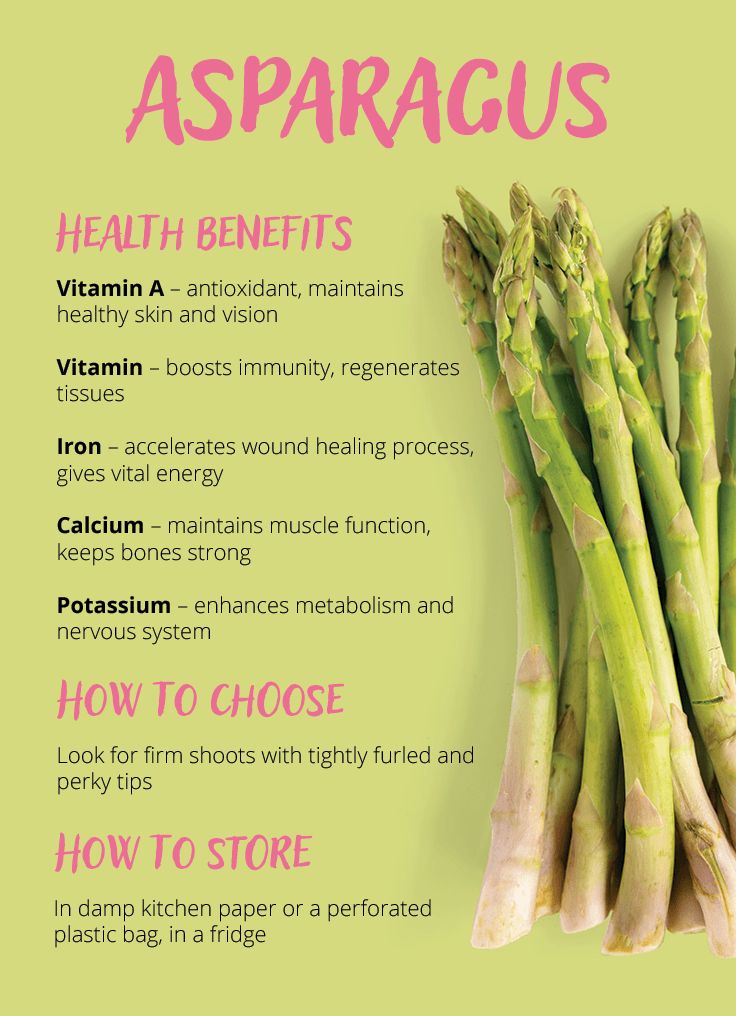
- Remove the bottom inch or so from the stalks, as that is usually a less tender part of the plant.
- Cook until soft so it’s easy for baby to eat or to blend.
- Add a few basil, spinach, or parsley leaves to enhance the green color.
- Mix with Bean Puree, Apple Puree, Pea Puree, or Spinach Puree as desired.
- Use leftover puree as a pasta sauce. Add a little fresh lemon zest and juice, Parmesan cheese, and salt to round out the flavors.
Serving: 0.25cup, Calories: 32kcal, Carbohydrates: 1g, Protein: 1g, Fat: 4g, Saturated Fat: 1g, Polyunsaturated Fat: 1g, Monounsaturated Fat: 3g, Sodium: 1mg, Potassium: 8mg, Fiber: 1g, Sugar: 1g, Vitamin A: 30IU, Vitamin C: 1mg, Calcium: 1mg, Iron: 1mg
Tried this recipe?Rate in the comments and tag @yummytoddlerfood on IG!
Related Posts
Related Products
Happy Family Meals (Meal Plans)
Buy Now
Happy Family Meals (Vol 2)
Buy Now
Yummy Toddler Snacks
Buy Now
Yummy Baby Food
Buy Now
Share it with the world
FacebookTweetPinFiled Under
Asparagus + Potato Baby Food
Published on in Stage 2 Baby Food Purees and Mashes
As an Amazon associate, I earn from from qualifying purchases.
Please share!
211 shares
Asparagus is a great vegetable to introduce to your baby because it tastes great and has lots of health benefits! This easy to make asparagus + potato baby food puree is a stage 2 food perfect for your 6 month+ baby.
Jump to Recipe
When can babies eat asparagus?
Babies can eat asparagus as soon as they are eating solids, usually at 6 months or older. It can be pureed or cooked until very soft and given to your baby in small pieces if you are doing baby led weaning.
Asparagus contains a lot of fiber, so it’s possible that it can give your baby gas (my babies did not have this problem). If this is the case with your baby, or if they have issues with gas in general, wait until 10 months to introduce asparagus. A baby’s digestive system is more developed by then, so it won’t be as much of a problem.
What health benefits does this puree provide for your baby?
Asparagus is high in fiber, antioxidants and vitamins A, C and K. Vitamin A is essential for maintaining good eyesight, vitamin C helps with the immune system, and vitamin K is important for bone health and healing wounds.
Potatoes are high in fiber, vitamin C, and potassium, which helps to regulate the fluid balance in your body.
How long will homemade baby food last?
Fresh, homemade baby food will last in the refrigerator for 3 days. Once the 3 days have passed, the remaining food should be disposed of for safety reasons.
If you make this or any other baby food recipes in bulk, it can be stored it the freezer for up to 3 months. Click here for more information, tips and tricks on storing homemade baby food.
By the way, these baby food freezer storage trays are PERFECT for freezing baby food. They come with snug fit lids that prevent spills and freezer burns, and they stack so easily.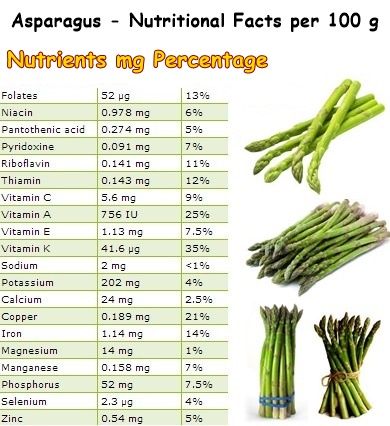
How do you make asparagus + potato baby food puree?
I was gifted a Baby Brezza Food Maker Deluxe and decided to use it to make this recipe. I was honestly impressed with this all-in-one machine. It steamed and pureed the food so well.
The two best things about it? There is no need to keep an eye on the food, as everything is automatic and timed, and the cleanup is SO easy!
If you don’t have a Baby Brezza Food Maker, no worries! You can still easily make this recipe.
Ingredients:
- 1 cup of potatoes (I used Russet but you can also use Yukon Gold)
- 1 cup of asparagus
- breast milk, baby formula or water (as needed)
Step 1: Wash, peel and cut the potatoes into 1 inch cubes. Then, wash and cut the asparagus into 1″ pieces as well.
Then, wash and cut the asparagus into 1″ pieces as well.
Step 2: Place the potatoes and asparagus into the Baby Brezza. Choose the “steam + blend” option for 20 minutes.
Step 3: And that’s it….seriously! If you want to thin out the puree, add a little liquid and puree again.
If you are not using a Baby Brezza Food Maker, simply steam the potato and asparagus for 15-20 minutes, or until they are soft. Then, place them in a food processor or blender with a little liquid, and puree until smooth.
Note: The Baby Brezza is extremely convenient and a huge time saver. It does a good job of pureeing, but doesn’t always give you a perfectly smooth puree.
This is not a bad thing! I am in favor of giving your baby different textures, because it will help with palate training your baby and avoiding picky eating in the future.
That being said, if you do want perfectly smooth purees, you’ll need a high powered blender.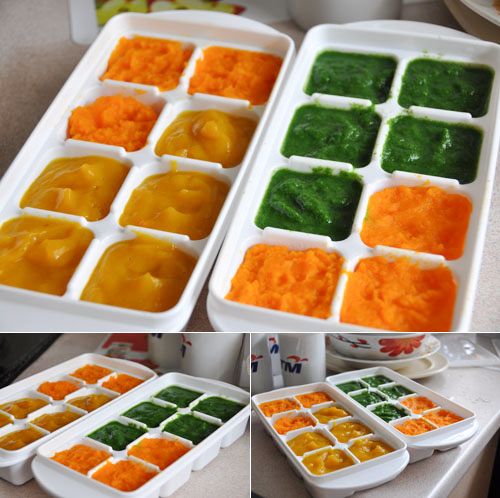
Seasoning baby food with herbs and spices from the beginning is so important! It introduces your baby’s palate to a variety of flavors and promotes adventurous eating in the future.
Try adding some dill, thyme or chives to this puree to change up the flavors!
Try these other stage 2 baby foods!
- Cranberry, Apple + Banana Baby Food
- Okinawan Sweet Potato Baby Food Puree
- Red Lentil + Carrot Baby Food Mash
- Cauliflower + Pea Baby Food Puree
- Red Pepper + Sweet Potato Baby Food Puree
You should always consult your pediatrician before giving your baby new foods.
Baby Brezza Food Maker
- 1 cup potatoes Russet or Yukon Gold
- 1 cup asparagus
- water, breast milk or baby formula as needed
Wash, peel and cut the potatoes into 1 inch cubes. Then, wash and cut the asparagus into 1″ pieces as well.
Place the potatoes and asparagus into the Baby Brezza.
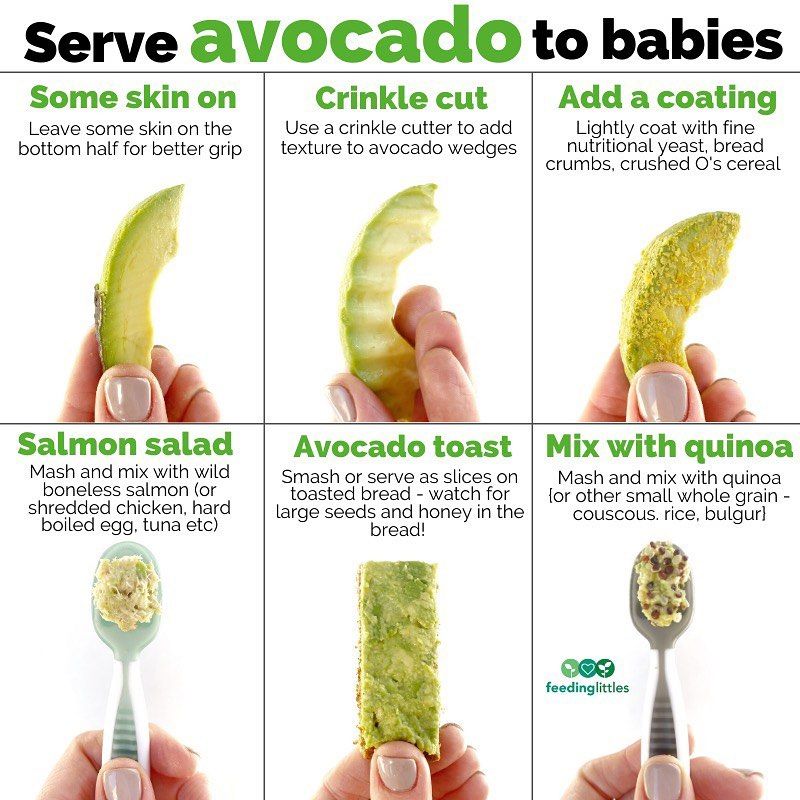 Choose the “steam + blend” option for 20 minutes.
Choose the “steam + blend” option for 20 minutes.And that’s it….seriously! If you want to thin out the puree, add a little liquid and puree again.
- If you are not using a Baby Brezza Food Maker, simply steam the potato and asparagus for 15-20 minutes, or until they are soft. Then, place them in a food processor or blender, and puree until smooth. Add extra liquid if necessary.
- Try adding some dill, thyme or chives to this puree to change up the flavors!
Tried this recipe? I’d love to see it!Mention @raising.veggie.lovers or use #raisingveggielovers!
As always, sharing is caring! Please click on the buttons below to share this post with your friends!
Please share!
211 shares
Asparagus in a child's diet: product properties, preparation, recipes
The miraculous properties of asparagus have been known to mankind since ancient times. This vegetable crop is remarkable not so much for its excellent taste, but for its unique composition, and therefore it is still widely used for culinary and health purposes. The introduction of asparagus into the diet of a child deserves a separate discussion. First, most children are very picky eaters and often refuse to eat many vegetables. Secondly, the consumption of asparagus can sometimes cause negative reactions from the growing body. Before including asparagus in the children's menu, it makes sense for parents to familiarize themselves with the main qualities of this plant, as well as learn about the features of its preparation.
This vegetable crop is remarkable not so much for its excellent taste, but for its unique composition, and therefore it is still widely used for culinary and health purposes. The introduction of asparagus into the diet of a child deserves a separate discussion. First, most children are very picky eaters and often refuse to eat many vegetables. Secondly, the consumption of asparagus can sometimes cause negative reactions from the growing body. Before including asparagus in the children's menu, it makes sense for parents to familiarize themselves with the main qualities of this plant, as well as learn about the features of its preparation.
How to choose a humidifier: a detailed guide
Humidifiers so different: how to choose the right one for you?What types of asparagus are used in cooking?
The asparagus season traditionally opens in April and ends in June. This perennial plant produces succulent shoots of various colors. Two types of asparagus are commonly used for cooking:
- White
It grows underground, in isolation from sunlight, which determines the light, almost white color of the stems.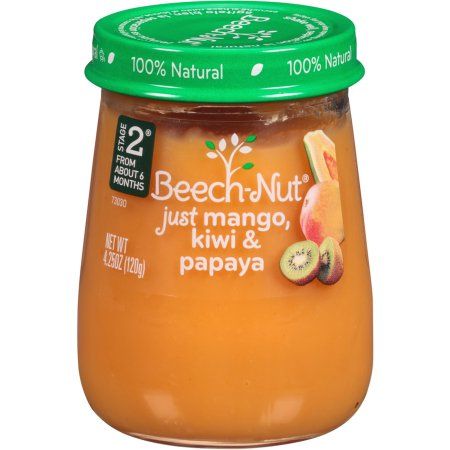 Its shoots are quite soft and have a delicate taste.
Its shoots are quite soft and have a delicate taste.
- Green
Grows outdoors, stretching towards the sun. Its shoots are tougher than those of white asparagus, but they contain more nutrients.
In Russia, white asparagus is not as common as green asparagus, so it is less common on sale.
Purple asparagus is also edible, but it is almost never used in cooking. This is a rare variety with a specific bitter taste. In the process of heat treatment, the shoots acquire a green color.
Child health benefits of asparagus
Asparagus (both green and white) is low in calories and can be extremely beneficial for children's health. The plant is enriched with vitamins (A, B1, B9, B2, C, D, E, PP) and minerals (potassium, magnesium, calcium, phosphorus, zinc, iron), contains asparagine, which has a beneficial effect on the circulatory system. Thanks to a wide range of useful substances, asparagus perfectly stimulates the body's immune forces, helps fight vitamin deficiency, energizes the child and gives him a good mood.
Regular consumption of asparagus has a positive effect on the liver, organs of vision and nervous system; helps to strengthen bone and cartilage tissues, accelerate skin regeneration. Asparagus stalks contain coarse fiber, which is necessary for normal digestion.
The diuretic properties of asparagus can benefit the child's body if the child rarely empties the bladder during the day (but provided that this is not associated with diseases of the urinary system - cystitis, urolithiasis, etc.).
Asparagus in children's diet: contraindications and precautions
You can introduce asparagus into the diet of a small child only after he reaches 10 months of age, after consulting with a pediatrician about the safety of such changes in the diet of a toddler. Asparagus can be too heavy a product for the baby's body and cause indigestion, bloating.
Among the general contraindications to the use of asparagus, the following can be distinguished:
- individual intolerance to the product;
- stomach or duodenal ulcer;
- diseases of the urinary system.
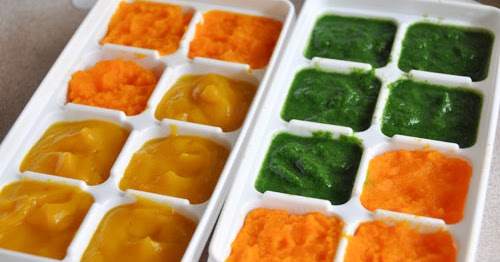
There is an opinion that frequent intake of asparagus is fraught with the formation of stones in the urinary system (kidneys, ureters, bladder, urethra), since when using this plant, oxalic acid salts accumulate in the body. However, many experts dispute this judgment, referring to the diuretic properties of the vegetable in question as an important factor preventing the development of urolithiasis. In any case, asparagus should be introduced into the child's diet with caution.
It is worth noting that as a result of the systematic use of asparagus, urine can acquire a pungent odor and a dark color. Such changes in the properties of urine are normal (exceptions are cases when pathological symptoms are mixed with the listed manifestations).
Selection and storage criteria for asparagus
Among Russians, few people can boast of the opportunity to consume fresh, recently harvested asparagus from the beds. Most people buy it in shops and markets.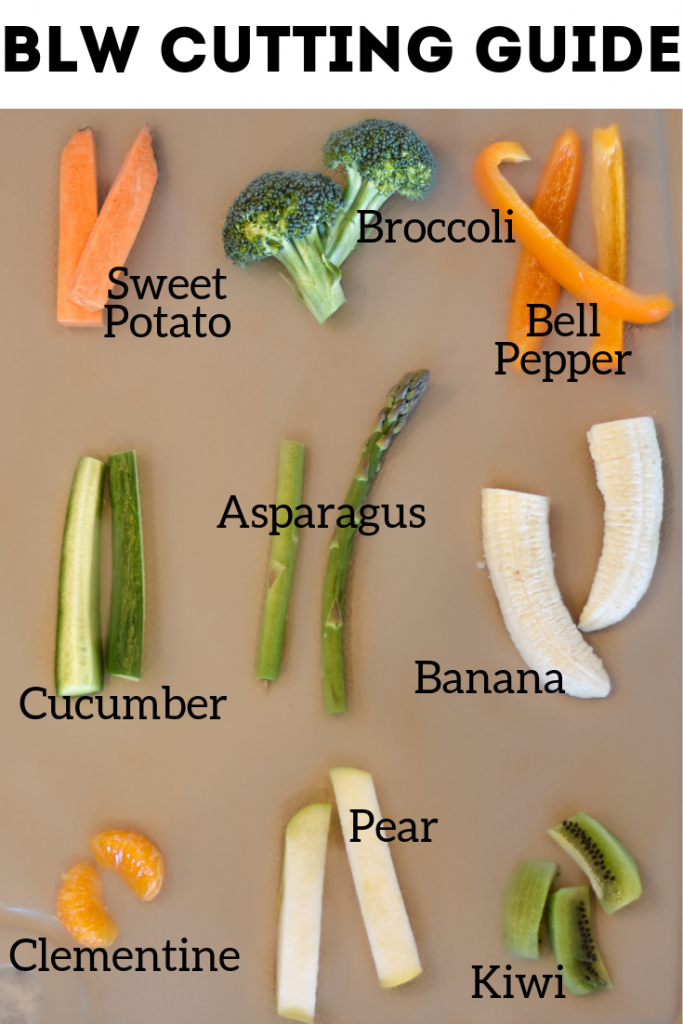 It is important to be very careful when choosing such products, especially when it comes to baby food.
It is important to be very careful when choosing such products, especially when it comes to baby food.
Pickled asparagus should not be considered a good food supplement at all (it can be a pleasant snack, but no more, since it does not contain useful substances). Raw (unprocessed), but stale asparagus is also of little value. It is advisable to give preference only to fresh shoots. It is quite simple to distinguish them: they are elastic, with tightly closed heads; have a smooth, delicate, shiny skin that makes a sharp creak when the stems are rubbed against each other. When choosing asparagus for baby food, you should also focus on the length of the sprouts. Shoots 15-18 cm long have the most pleasant taste.
Asparagus should be kept in the refrigerator by wrapping the stalks in a damp cloth. It is recommended to store the shoots for no more than 2 days, and therefore it is best to buy them in small quantities - with the expectation of 1-2 preparations in the near future.
Optimal cooking options
Asparagus should be skinned immediately before being used for food purposes. The most convenient tool for this is a potato peeler. Green asparagus should be peeled in the direction from the middle of the stem to its lower base, and white - only under the top. After cleaning, it is recommended to trim the ends of the stems by about 3 centimeters. Before cooking, you can additionally break the shoots: they will break in places where their structure has the greatest hardness. Hard parts should be cut off.
Although asparagus can be eaten raw as a standalone natural snack, even adults rarely enjoy such a treat. That is why this plant is most often used as an additive to various dishes. The most important thing is to cook the vegetable correctly in order to preserve its healing properties.
- Features of cooking asparagus stalks
The first step is to trim the peeled shoots to the same length. Next, you need to tie them into a bundle and place them in boiling salted water so that the tops protrude slightly to the surface and steam (this will allow the asparagus to boil evenly, since the upper parts of the stems are much more tender than the bases and soften quickly).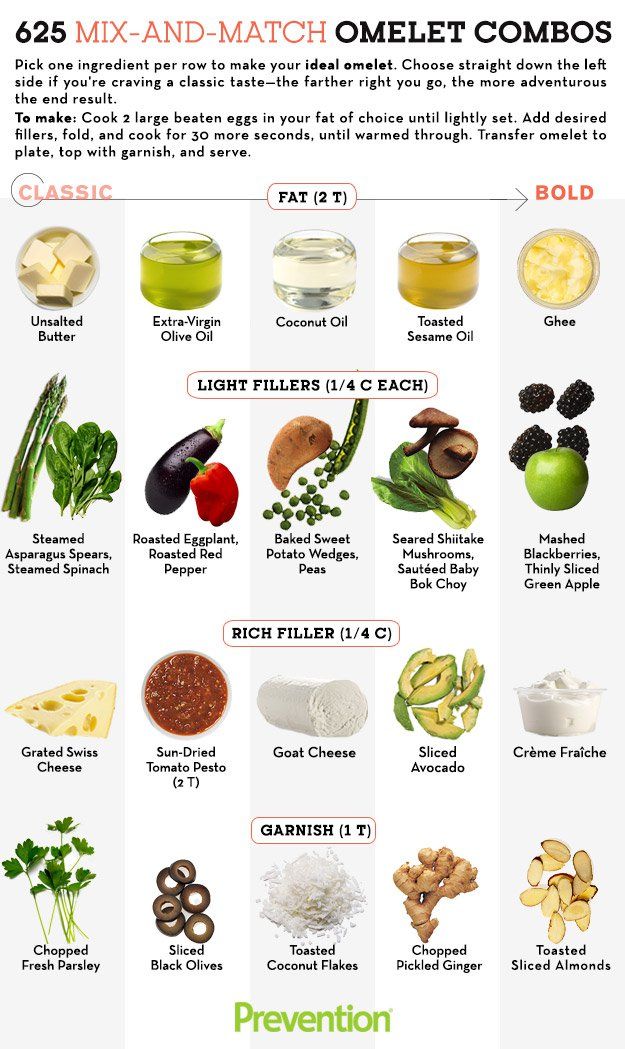 It is recommended to cook asparagus at a low boil, with the addition of a small amount of vegetable or butter (it forms a dense film on the surface of the water, preventing the evaporation of nutrients). You can blanch the stems in a horizontal position, after bandaging them and attaching a load to them. Asparagus will be even tastier if you add a little natural lemon juice to the water during the cooking process.
It is recommended to cook asparagus at a low boil, with the addition of a small amount of vegetable or butter (it forms a dense film on the surface of the water, preventing the evaporation of nutrients). You can blanch the stems in a horizontal position, after bandaging them and attaching a load to them. Asparagus will be even tastier if you add a little natural lemon juice to the water during the cooking process.
It is impossible to boil asparagus for a long time, otherwise it will lose not only taste, but also all useful properties. White asparagus stalks are boiled for 4-8 minutes, and green asparagus stalks 10-13 minutes. Cooking time depends on the thickness of the shoots. The degree of readiness of vegetables can be checked with a fork (ready asparagus should have a delicate structure and be easily pierced). Immediately after cooking, it is advisable to briefly dip the stems in cold water so that they retain their rich color and remain crisp.
Unfortunately, most consumers do not know these nuances, and therefore they cook asparagus incorrectly - they simply throw fragments of stems into boiling water and cook with spices until softened.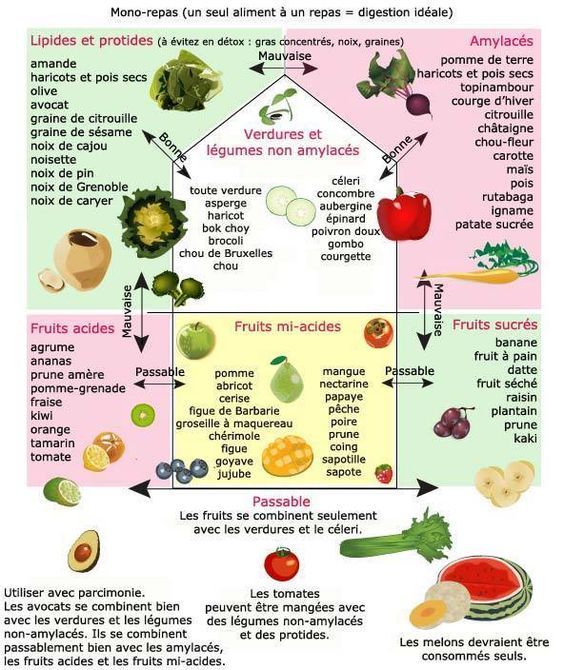 As a result, asparagus becomes tasteless and useless in terms of a healthy diet.
As a result, asparagus becomes tasteless and useless in terms of a healthy diet.
- Asparagus roasting process
Asparagus can also be fried in a hot pan with salt and a couple of tablespoons of olive oil. The product will be ready for use after 10 minutes of frying, while almost without losing its beneficial properties.
Asparagus at the heart of the children's menu: examples of delicious and interesting vegetable treats
Asparagus can be eaten alone or as part of complex dishes. It does not have a pronounced taste, which makes it an ideal addition to meat and fish dishes, scrambled eggs, salads, pies. When planning a child's diet, parents may find the following recipes useful:
Poached egg with asparagus and chicken fillet
The first step is to cook the egg in the poached way:
- Boil water in a small saucepan and immediately after large bubbles form, remove the container from the stove.
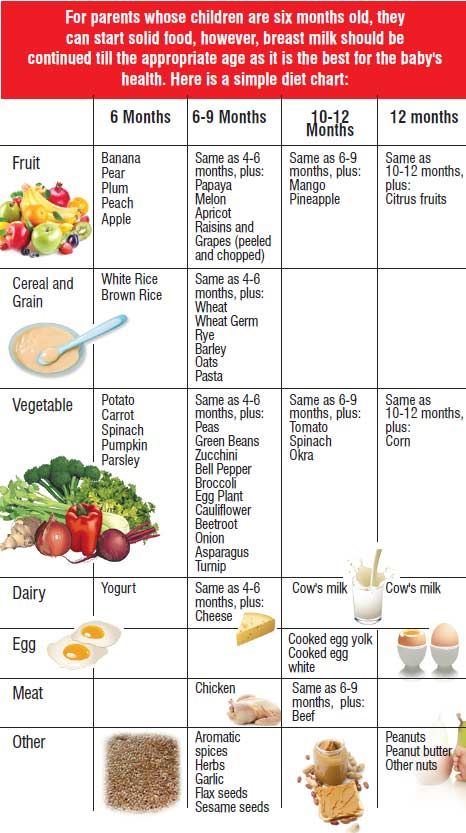 As soon as the water stops bubbling, put it on the fire again.
As soon as the water stops bubbling, put it on the fire again. - Carefully (not to break the yolk) break the egg into a small bowl.
- Dip the whisk into a pot of boiling water and start stirring the water until a deep funnel forms in the center.
- Carefully pour the raw egg into the funnel and remove the whisk. The egg composition will itself twist in boiling water clockwise due to the circular movement of water.
- Leave the egg to cook for about 3 minutes (it is important that the yolk "grabs" but does not have time to completely harden), then carefully remove it from the pan with a slotted spoon and put it on a saucer.
Boil 150 g chicken fillet, cut it into small slices and place next to the poached egg.
Clean, cut and blanch the asparagus, then cool it in cold water, lightly fry it in vegetable oil and add to the base of the dish.
Vegetable cream soup
To prepare this delicious soup you will need: potatoes (2 medium tubers), onions (one head), 1 kg of green asparagus, a small bunch of parsley, olive and butter (100 g each).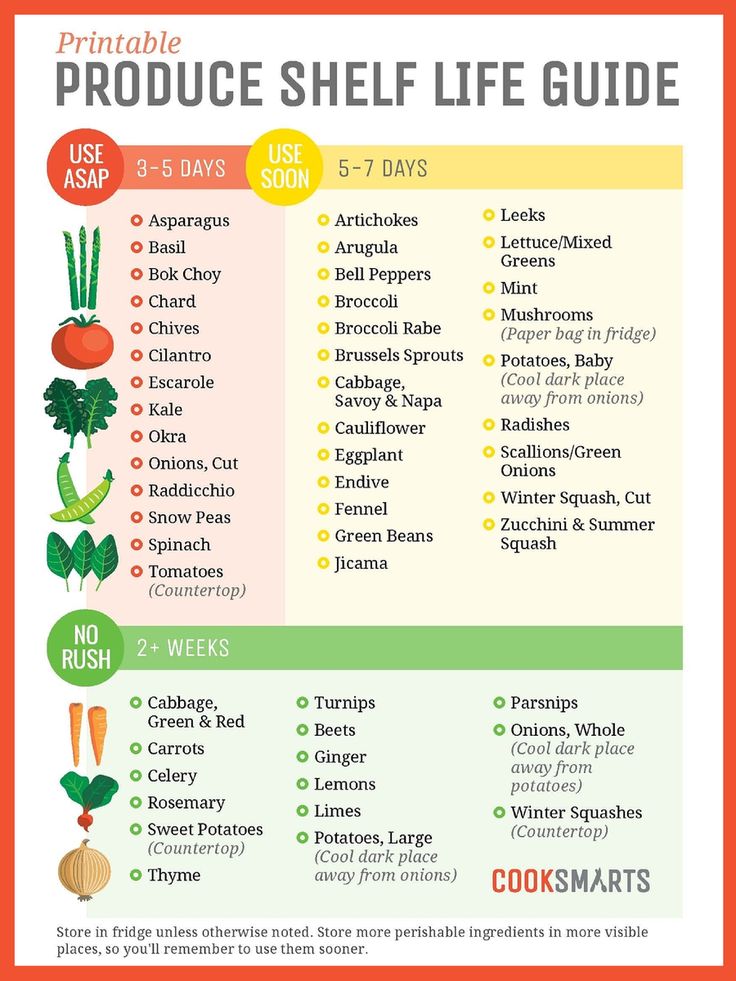
Step-by-step instruction:
- Wash and clean vegetables.
- Boil asparagus in boiling water until tender and drain.
- Dice the potatoes and finely chop the onion. Lightly fry this mixture in a pan with the addition of two types of oils.
- Set aside a few pieces of processed asparagus for garnish, and finely chop the rest of the boiled stalks with a knife.
- Place the chopped asparagus and sautéed vegetables in a small saucepan, then cover the ingredients with water and cook until softened.
Put the cooked vegetable mass in a blender bowl and beat thoroughly, adding spices to taste.
Before serving, garnish the soup with parsley leaves and asparagus stalks.
Trout with rice and green asparagus
The presented delicacy will surely please the little gourmet! It is very easy to prepare. You will need: 200 g trout (fillet), 150 g white long-grain rice, half an onion, one medium carrot, 6 peeled asparagus stalks (green variety), one garlic clove, a small slice of lemon, 2 tbsp. l. vegetable oil and spices (to taste).
l. vegetable oil and spices (to taste).
Sequence of actions:
- Rub the fish fillets with salt and freshly squeezed lemon juice. Leave the fish in this marinade at room temperature for 10-15 minutes and after this time send it to the oven preheated to 180 ° C for 7-10 minutes.
- Rinse and boil the rice, drain the liquid. After that, add seasonings to the cereal to taste.
- Peel and finely chop the onion and carrots and press the garlic through a press. Put these ingredients in a preheated pan, add asparagus and vegetable oil. Fry the mixture until golden brown, without covering the pan with a lid.
- Mix the rice with the prepared stir-fry.
- Lay the rice and vegetable mass in a heap on a saucer, and place the baked fish on top.
Not every child will refuse such an exquisite dish!
Salad with asparagus, peas and lemon topped with cheese
The easiest way to arouse a child's interest in vegetables is to make a light salad with a bright, spectacular design. The presented delicacy is prepared in no time! Simply chop the peeled asparagus into slices with a potato peeler and send the cuts to the preheated pan along with the peas and lemon slices. Fry the mixture of ingredients with the addition of vegetable oil and salt for 7-10 minutes, then put it on a dish and sprinkle with grated parmesan. The delicacy can be decorated with pistachios or chopped walnut kernels.
The presented delicacy is prepared in no time! Simply chop the peeled asparagus into slices with a potato peeler and send the cuts to the preheated pan along with the peas and lemon slices. Fry the mixture of ingredients with the addition of vegetable oil and salt for 7-10 minutes, then put it on a dish and sprinkle with grated parmesan. The delicacy can be decorated with pistachios or chopped walnut kernels.
The little fussy eater is unlikely to be able to resist such treats!
all about the benefits and methods of cooking
Asparagus is an amazingly aristocratic vegetable, equally loved by gourmets and adherents of proper nutrition. It is prepared very quickly and simply, so it will be ideal as a light side dish for meat or fish. These bright and juicy green stems will decorate any dish, delight with a fresh and delicate taste and bring great benefits to the body.
Asparagus is sold both fresh and frozen, so you can enjoy it all year round, regardless of the season.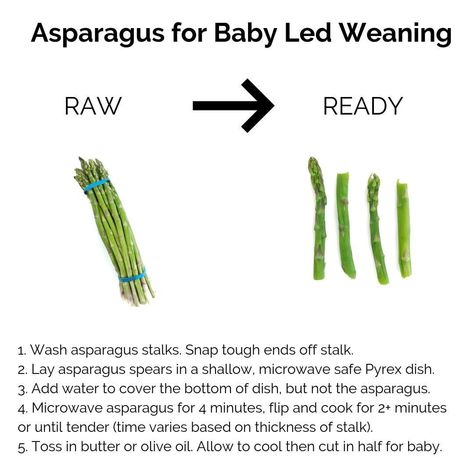 It comes in green, white (when grown underground) and purple. White is considered more delicate in taste, but not as rich in nutrients, some of which are produced only by exposure to the sun. Most often we find green asparagus on sale, so let's talk about it. Why is it useful and how to cook it quickly and easily?
It comes in green, white (when grown underground) and purple. White is considered more delicate in taste, but not as rich in nutrients, some of which are produced only by exposure to the sun. Most often we find green asparagus on sale, so let's talk about it. Why is it useful and how to cook it quickly and easily?
The Benefits of Asparagus
Low Calorie - Maximum Nutrient
Asparagus has only 21 kcal of calories, yet its nutritional profile is impressive. Judge for yourself - 100 g of asparagus contains:
- Proteins: 2.2 g
- Fat: 0.2 g
- Carbohydrates: 3.8 g (of which fiber - 2.1 g)
- Vitamin C: 12% DV
- Vitamin A: 18% DV
- Vitamin K: 57% DV
- Vitamin B9(folic acid): 34% DV
- Vitamin E: 7% DV
- Potassium: 6% DV
- Phosphorus: 5% DV
As you can see, asparagus is especially rich in vitamin K , which improves blood clotting and maintains vascular health.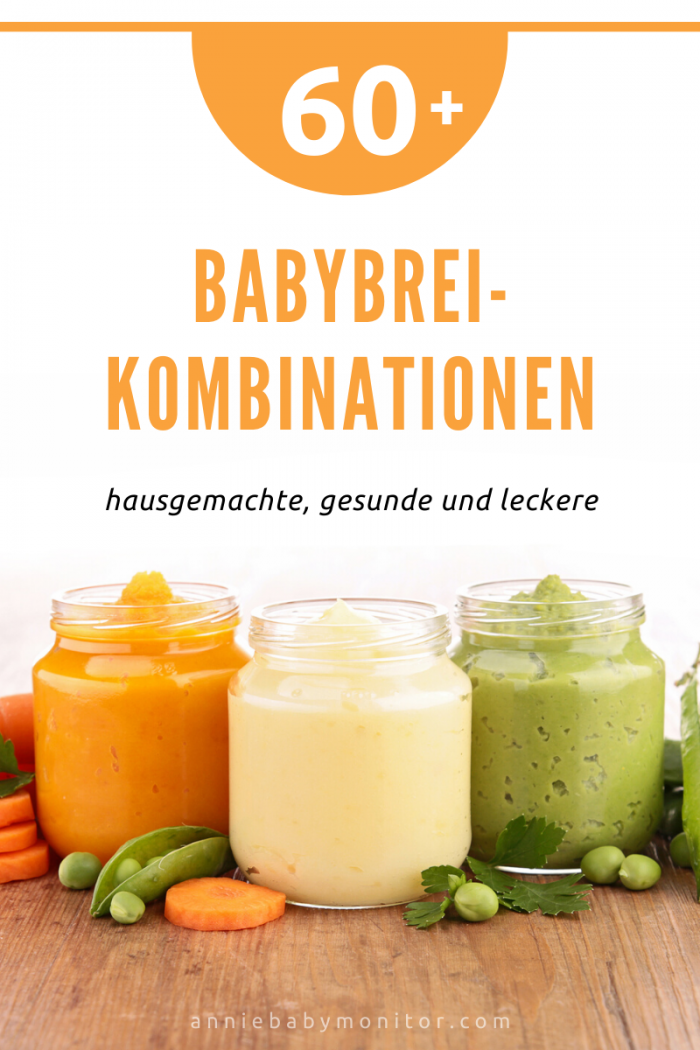 In addition, vitamin K is no less important for strong bones than calcium.
In addition, vitamin K is no less important for strong bones than calcium.
Folic acid , which is also very rich in asparagus, is responsible for many important processes in the body. It is especially needed during pregnancy, is responsible for cell growth and maintaining the integrity of DNA, prevents the occurrence of tumors. Folic acid is synthesized by the body in very small quantities, while our diet usually does not contain enough foods that contain it. Therefore, the deficiency of this element is a frequent occurrence.
You can buy asparagus in a special section of our online store.
Source of antioxidants
Like other green vegetables, asparagus is rich in substances that protect the body's cells from aging and many diseases, including cancer. These substances include vitamins C and E, glutathione, flavonoids and polyphenols.
Excellent digestion
Asparagus is rich in fiber and the polysaccharide inulin, a natural prebiotic. These elements improve intestinal motility and digestion, promote the growth of beneficial microflora and better absorption of nutrients.
These elements improve intestinal motility and digestion, promote the growth of beneficial microflora and better absorption of nutrients.
A healthy pregnancy
As mentioned above, folic acid, which is rich in asparagus, is very important for a healthy pregnancy. It is especially necessary in the early stages for the proper development of the fetus. Folic acid deficiency can cause a number of congenital diseases, so it is important to include enough asparagus, green salads, and fruits in your diet.
Edema remedy
The amino acid asparagine contained in asparagus, in combination with other trace elements, has a beneficial effect on the functioning of the kidneys. Therefore, boiled asparagus with a minimum amount of salt acts as a mild diuretic, helps to remove excess fluid from the body and relieve swelling.
Normal blood pressure
It has long been noticed that asparagus helps to normalize high blood pressure. In addition to the potassium contained in asparagus, other substances found in it also contribute to this. They inhibit the activity of enzymes that constrict blood vessels and cause hypertension. These substances relax the walls of blood vessels, thereby reducing pressure.
They inhibit the activity of enzymes that constrict blood vessels and cause hypertension. These substances relax the walls of blood vessels, thereby reducing pressure.
Liver protection
Recent research has shown that asparagus is also an excellent hangover cure. It contains amino acids that stimulate the activity of enzymes that protect liver cells from alcohol breakdown products. Eating asparagus will help reduce the level of intoxication and make it easier to endure unpleasant symptoms.
How to cook asparagus?
Asparagus is a very delicate product, so it can be cooked in minutes by any method. Before cooking, cut off the white base of the stem, if there is any, or just peel off the top layer - it can be tough and stringy. Rinse the asparagus and pat dry if you intend to roast or bake it. After that, start cooking.
Here are some simple basic ways to cook asparagus, which you can then use as a side dish or ingredient in other dishes.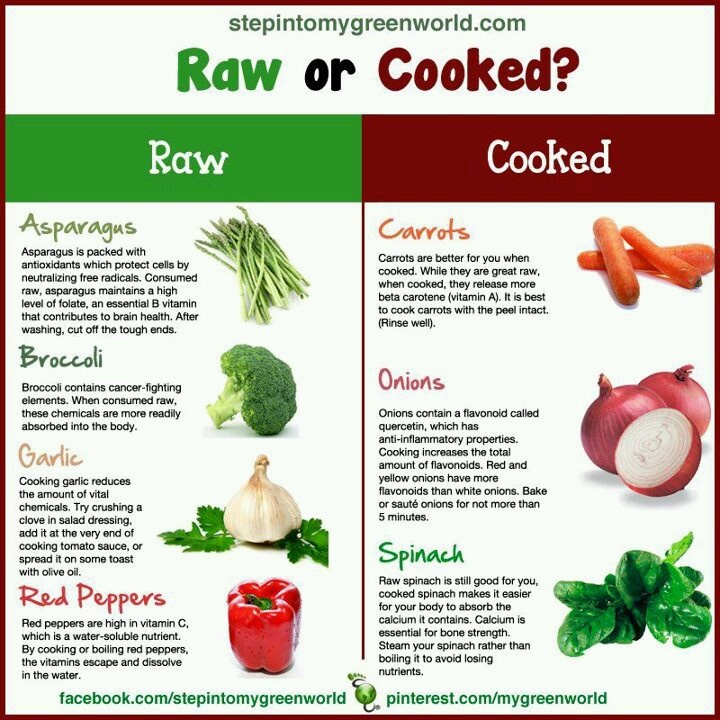
How to cook asparagus?
- Boil water in a large pot and season with salt.
- Plunge the asparagus into boiling water.
- Cook 1-3 minutes until tender. The asparagus should remain bright green.
- Plunge into ice water to keep the asparagus crisp inside and retain its vibrant color.
- If the stalks are thick, it is better to boil them vertically, not completely immersed in water: the base of the stalk will be boiled in water, and the tender tops will be steamed.
How to steam asparagus?
- Place the stems in the steamer and cover with a lid.
- Cook over high heat for 2-4 minutes.
- Transfer to ice water to stop heating, maintain crispness and vibrant color.
How to grill asparagus?
Thick stems are suitable for this cooking method.
- Drizzle the asparagus with olive oil, season with salt and pepper and toss.
- Transfer to the grill so that the stalks are fairly roomy.

- Roast over medium heat for about 10 minutes, turning the stalks halfway through.
- Asparagus tips should be brown and soft.
How to bake asparagus in the oven?
- Preheat oven to 220C.
- Drizzle the asparagus with oil, salt and pepper. Toss the stalks until they are evenly coated with oil and spices.
- Transfer the stems to a baking dish so that they lie in a single layer.
- Raise the asparagus and roast for 8-10 minutes until soft and lightly browned.
3 Easy Asparagus Recipes
Asparagus can be served on its own with the right sauce or dressing, or as a versatile side dish with meat or fish. Asparagus feels great in pies and frittatas, in all kinds of vegetable stews, as an ingredient in pasta or risotto and as a base for puree soup. The amazing delicate taste of asparagus is appropriate everywhere, but it is especially good in simple dishes in which it plays a major role. Lemon juice, garlic, butter, parmesan are great companions for asparagus.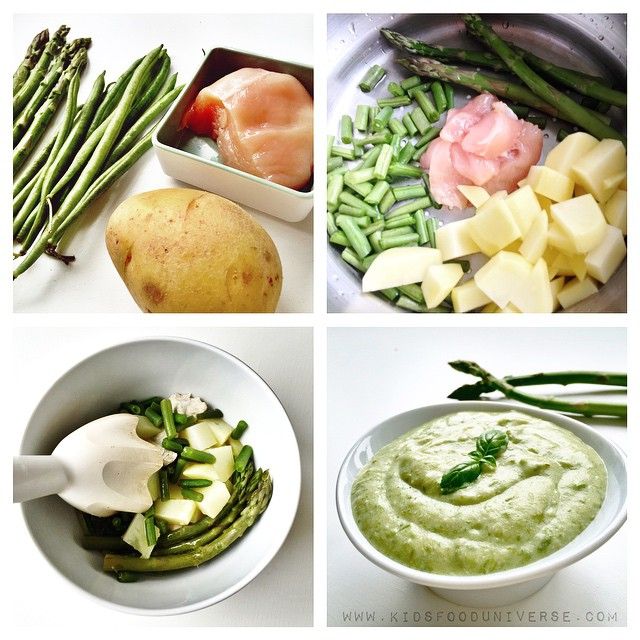
Fresh Asparagus Salad
A very simple and tasty dish that can be prepared from fresh thick stalks. Cut them into thin long plates with a vegetable peeler. Prepare them with a dressing of olive oil, lemon juice, freshly ground black pepper and grated Parmesan. Drizzle and serve sprinkled with Parmesan cheese on top.
Asparagus with Hollandaise Sauce
This is a timeless classic. Prepare asparagus in any basic way and serve with a fresh hollandaise sauce that is just as easy to make. For it you will need 100 g of butter, two egg yolks, a tablespoon of lemon juice, a teaspoon of white wine vinegar (optional), salt and freshly ground black pepper. Melt the butter (so that it melts, but does not boil). Place the bowl in a water bath so that it does not come into contact with water, and carefully beat the yolks in it. Pour in lemon juice and vinegar in a thin stream, continuing to beat, then in the same way, very slowly - butter. You should have a smooth, thick yellow sauce.